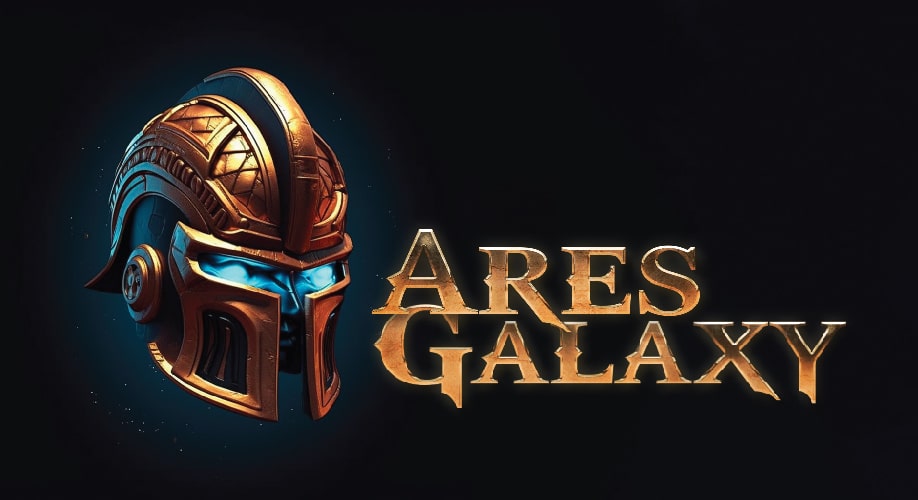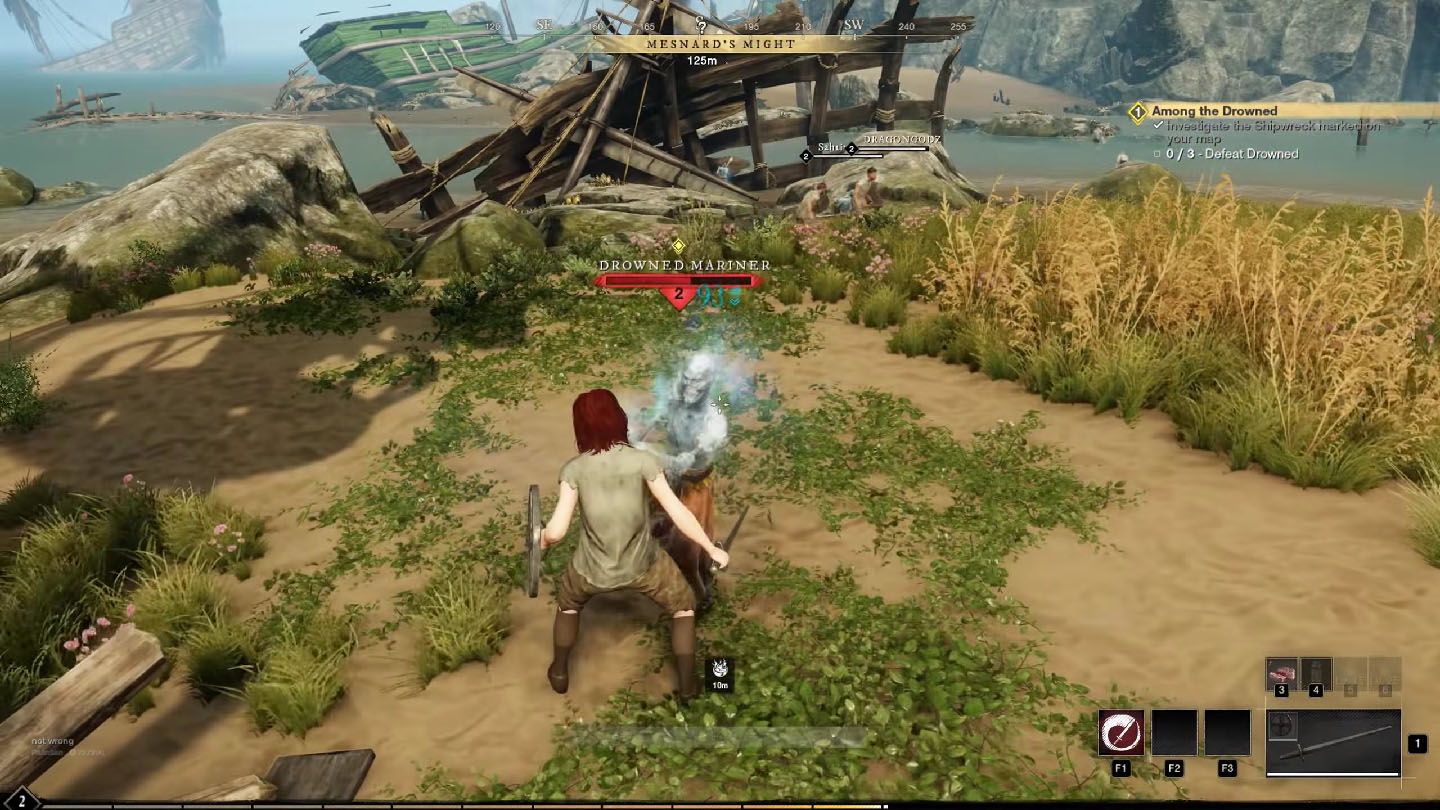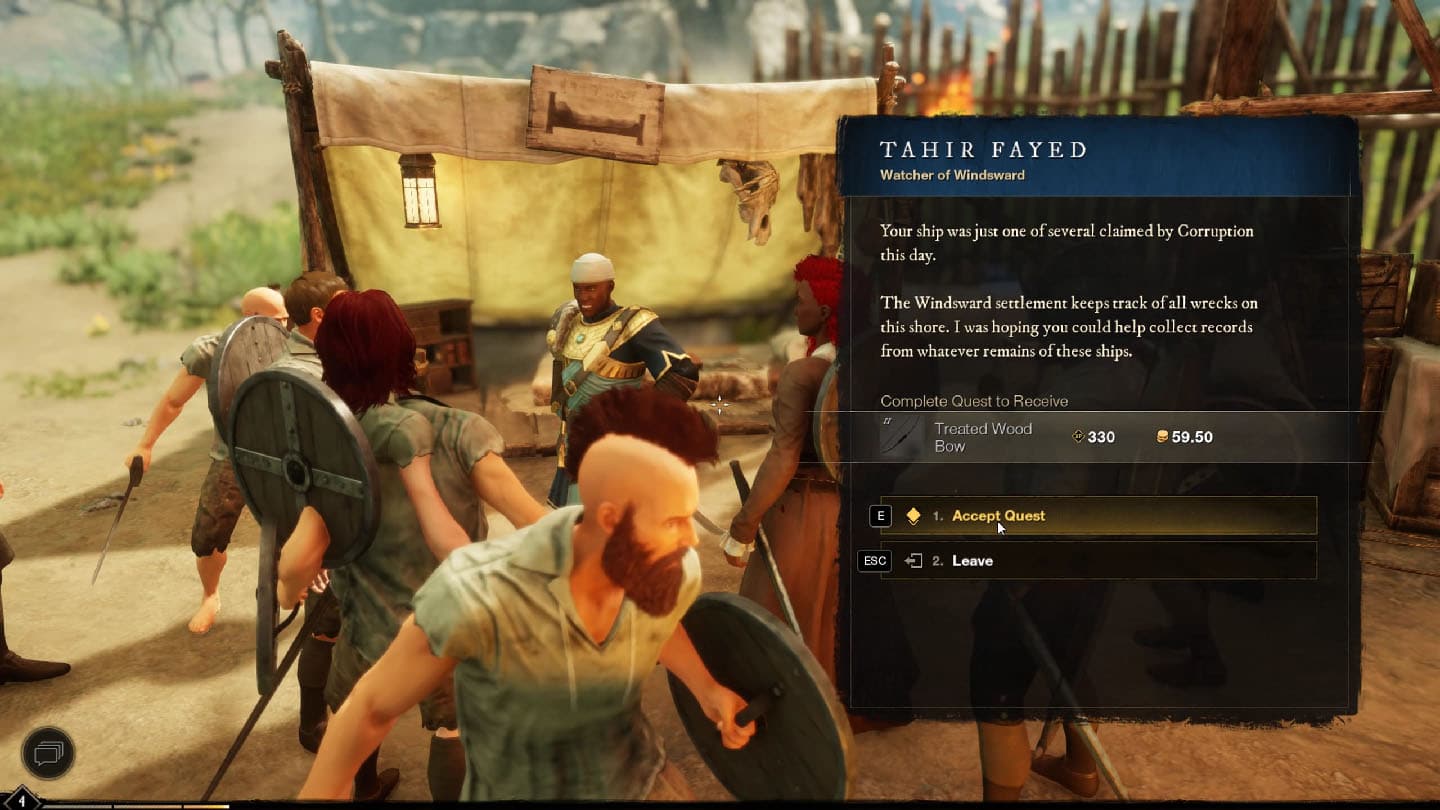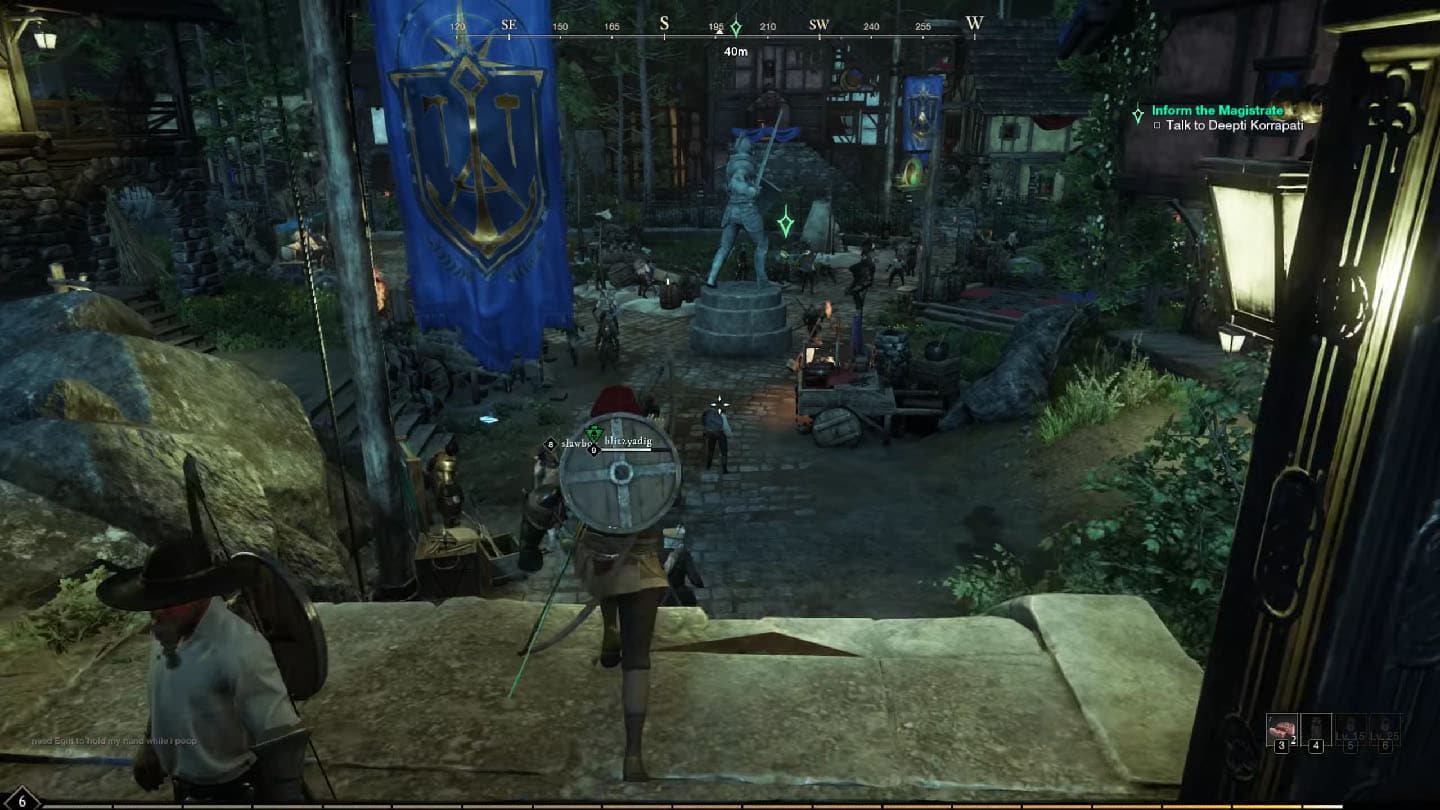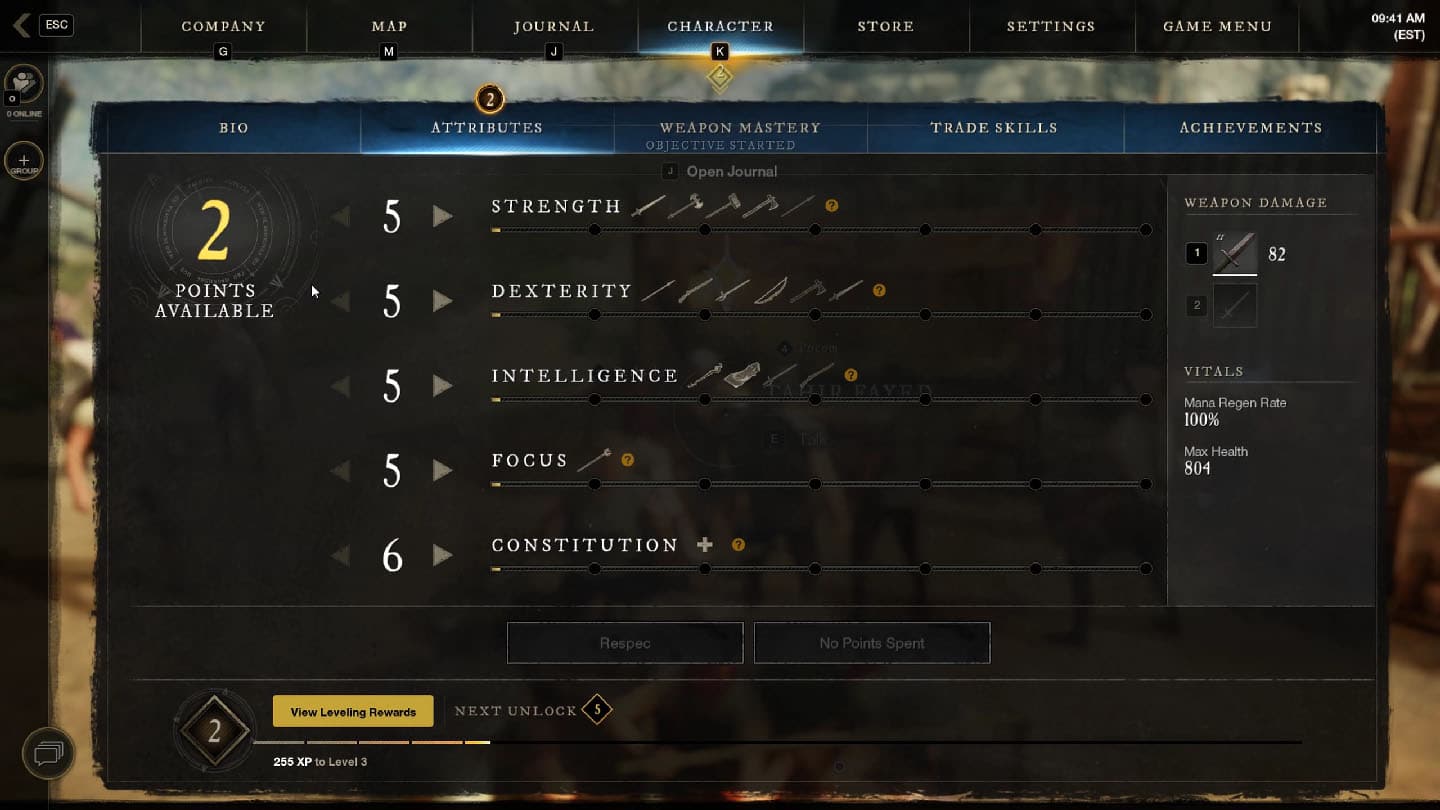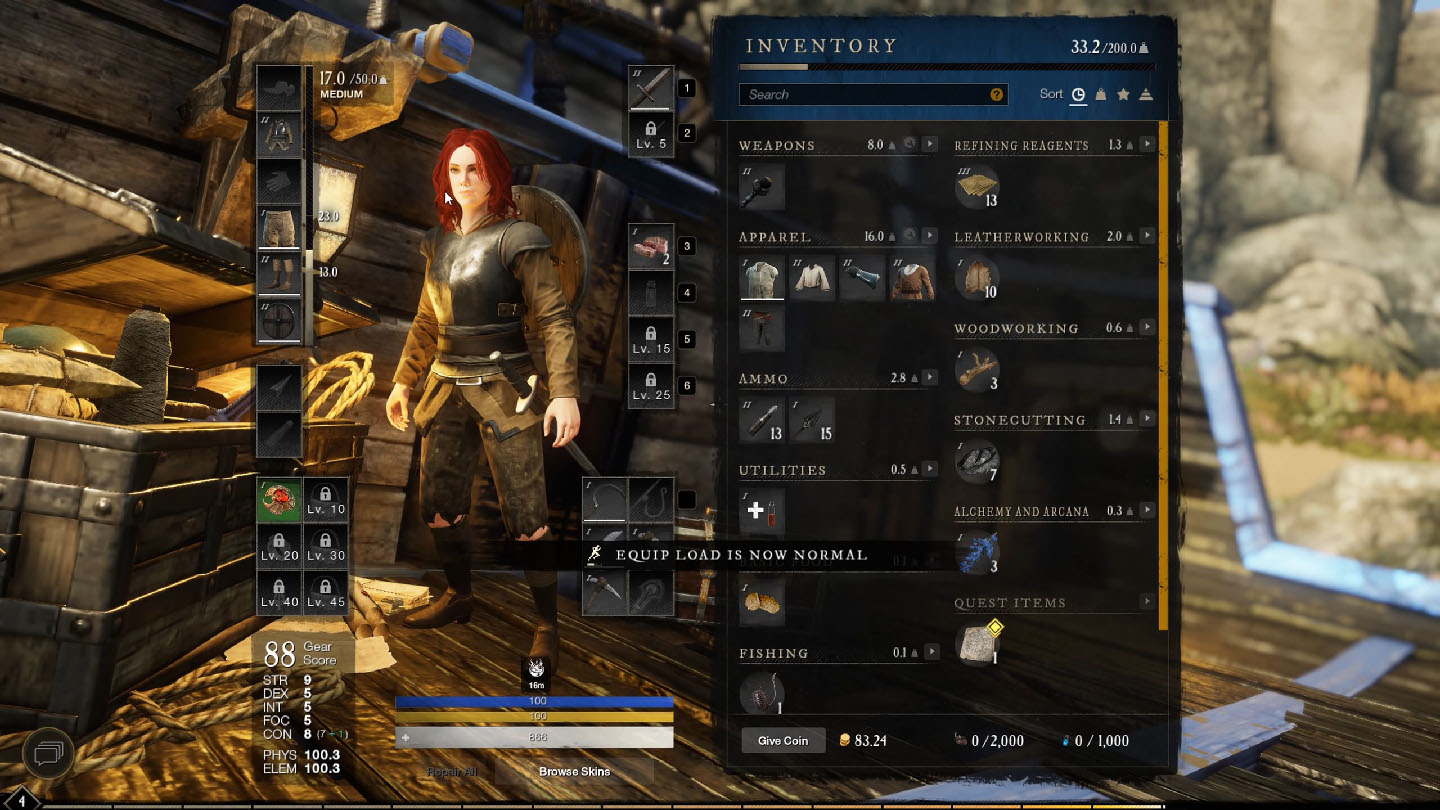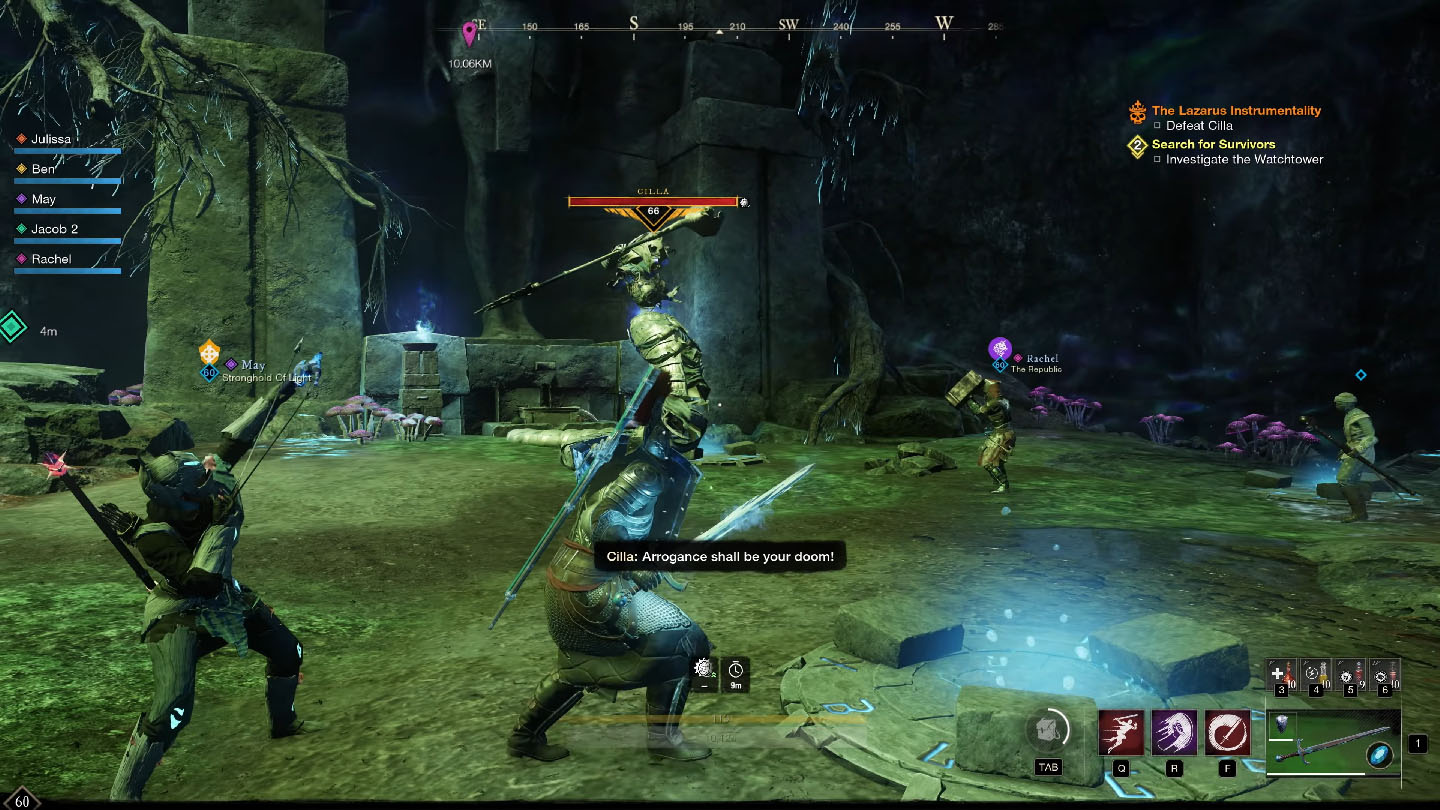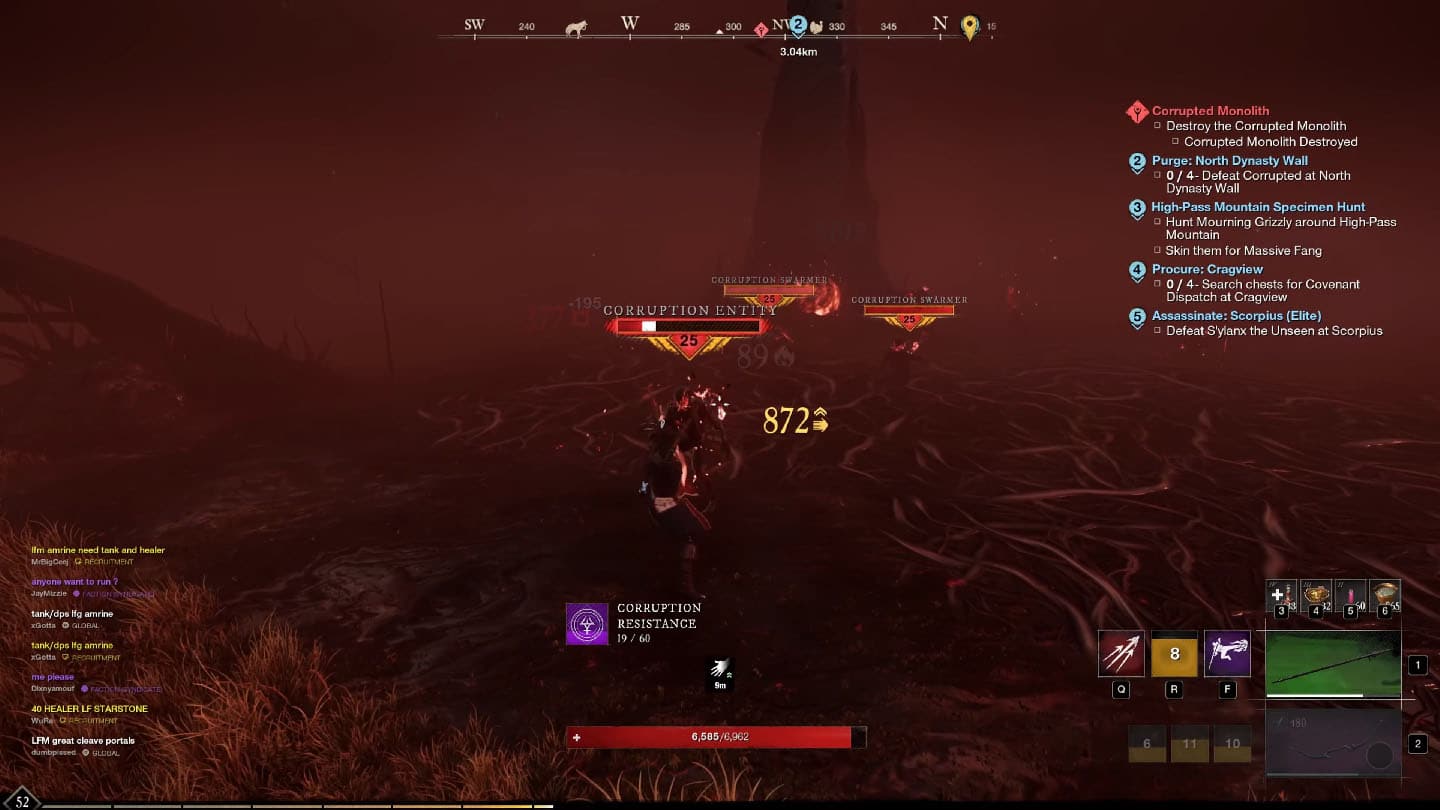REVIEW: New World – My First Impressions
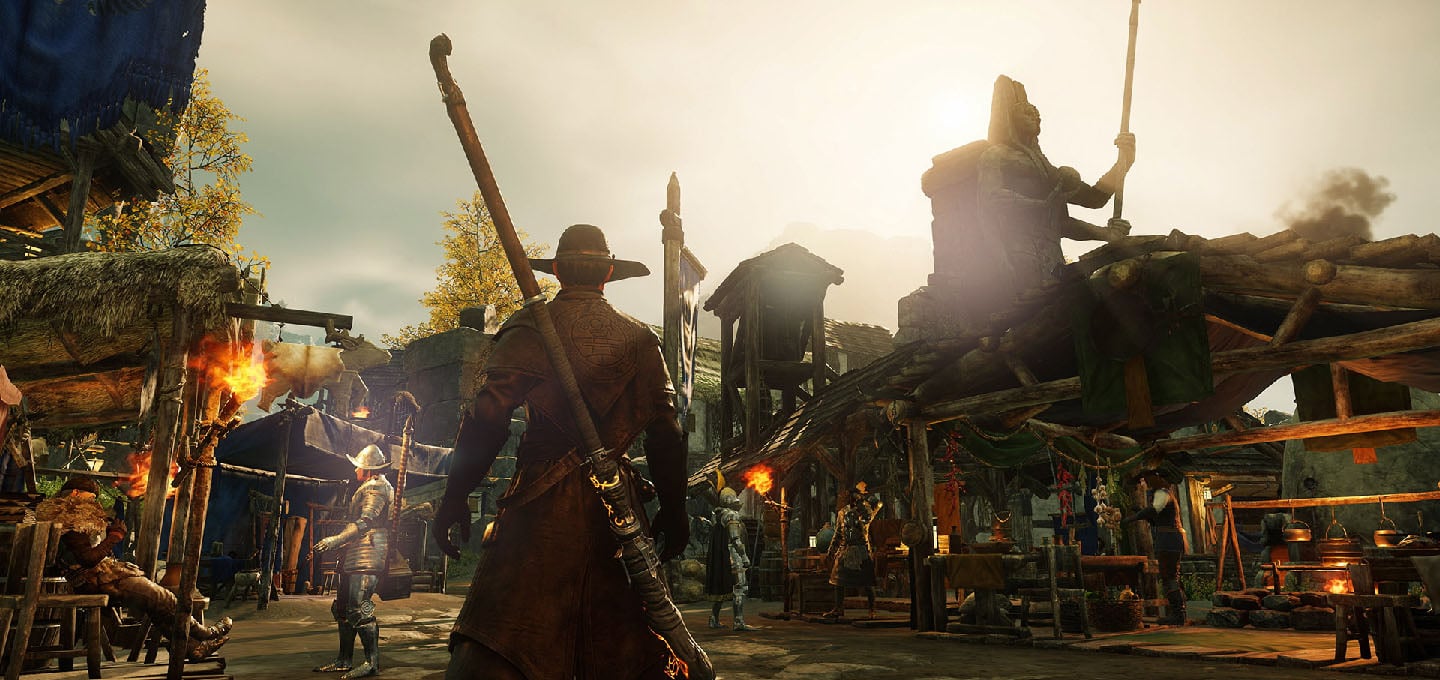
Games of the MMO genre have been in creative stagnation for the last ten years, and when you give them so much time investment, you expect a lot in return. As the games evolve, those expectations grow from year to year as well.
Those who claim that all MMO games have significant issues a few months after release, and that is okay, don’t share my thoughts. Many people thought Amazon’s money meant that their New World would be an excellent example of what a modern-day MMO could be and should be. In the end, New World’s long development cycle has resulted in a slew of issues and substantial revisions that have hurt the final product.
Not That Much of a New World
I’ll merely mention the plot quickly in the opening and remark that it’s very clichéd. The notion of populating another (magical) North America, known as Aeternum, seems intriguing, but it is poorly executed and without imagination. Major, minor, and smaller quests took me all across the island, requiring me to do tasks that rarely had anything to do with the plot or the game environment. Furthermore, it is a tale that is unaware that it is taking place inside an MMO game, in which you are the chosen hero who is destined to rescue the world, even though there are 50 other chosen ones all around you.
Sure, that’s a problem in the great majority of MMO video games, but I stupidly believed it wouldn’t be the case here. So I began playing New World to immerse myself in the game’s tale, but the characters, language, and narration were so dull that I found myself almost falling asleep much of the time. And although someone may argue that the narrative in an MMO game is unimportant, if Star Wars: The Old Republic or Final Fantasy XIV can do it well, I anticipate the ambitious New World to do the same.
Leveling Up
New World has a good balance of exploration, combat, resource gathering, and crafting, which I’ll go into in more depth later. New World has a flexible questing framework that you may pursue to your heart’s desire, giving you a sense of freedom right away. You are left to your own in how you progress from the initial wooden sword to the maximum 60th level in the end game.
Although it is repetitive, the initial leveling experience is the most enjoyable portion of the New World. I say repetitive because there are only three types of quests in the game: quests requiring the killing of one or more NPCs, quests requiring the gathering of a specific resource from dead NPCs, and quests requiring the discovery of specific goods hidden in boxes.
It seems dreadful at first, but a solid feeling of progression and several zones in which everything takes place rescues the entire thing. Every departure from one of the several hubs in the New World has a distinct rhythm that gives travelers a genuine sense of embarking on an experience. Several quests are completed, 2-3 levels are gained, stats are upgraded, and the character returns to the city to craft new gear and resupplies for another run. After completing the quests, I would not rush back to a quest giver. Because there are no mounts in the game and short journeys cost money. These excursions might go on indefinitely, further stretching an already big game.
Hubs, or cities, are a big part of the leveling experience and are scattered across different game regions. They contain many quest givers, other factions you can join, and relevant crafting stations. Much of the PvP action is to occupy the areas and the cities themselves, and the ruling faction can embark on major urban improvement projects. Such mechanics make cities much more dynamic. All players can contribute to these projects—the appearance of crafting stations changes depending on their level and number of users. Of course, in cities, it is possible to buy houses that bring benefits such as more storage space, the possibility of organizing parties for five players or exhibiting trophies, but owning a home requires paying taxes.
Due to the mix of great design, music, and players, staying in the city is highly evocative. However, seeing just one city means seeing practically all of them. For a video game with a significant and varied environment, it’s a shame that all structures have the same layout and style. Cities that seem like copy-paste are just not acceptable.
Much of the New World experience is combat, and it is not delegated to shortcuts or tab-targeting. The fight is quite an action and requires more commitment from the players. It’s far from a combat system like in single-player games like Devil May Cry or Black Desert Online, but it’s still a solid system, which seems a lot of fun, especially at the beginning. It’s possible to mix light and heavy attacks with skills related to specific weapons, and you can also block and avoid attacks. There are no classic classes, but with experience points, you upgrade the attributes.
All invested experience points may be re-spent in a different combination of attributes for the desired build, and the mechanism does not lock the player in one build only. For example, I started the game myself as an exclusive user of magic wands, but I very quickly switched to a fun combination of axes and long-range magic gloves that I stayed with until the end of the game. Although the system is very open and created for experimentation, it’s a bit monotonous. Each of the dozen categories of weapons has only 2-3 combat skills, which you unlock very early on. It results in a fight looking virtually the same whether you are at level 15 or level 60 – only the damage done differs.
When it comes to enemies, they are badly lacking in diversity. The sentiment is similar to that of cities, and it is definitely felt that PvE content was developed only at the end of the game’s development. The opponent’s respawn time is also very inconsistent, so it is sometimes 30 seconds, sometimes 3 minutes, and some bosses need 30 minutes to respawn. For sure, it wouldn’t be bad if it weren’t for a loot system where only one player can loot dead enemies, so you need to be patient.
Professions in New World
Players who aren’t interested in fighting and prefer an experience comparable to playing a survival game will enjoy this game. You can achieve level 60 in the New World by working only on resource gathering and crafting, two of the most important aspects of the game. There are seven professions in the crafting system, and each one has a different set of items that may be crafted. Each profession has a different leveling system that may go up to a maximum of 200. Leveling up the profession works by crafting as many items as possible, and the higher the level, the better the items can be crafted.
I have to admit that it’s a lot of fun until you reach up to level 100 in a specific profession, after which it turns into an endless grind. For example, if you follow the most straightforward route of crafting armor, you need the most widespread and easily accessible resources. You will need to craft 17,000 pieces that require hundreds of thousands of resources to reach level 200 – in just one profession. The game essentially forces you to spam lower-level gear and, unfortunately, does not reward you enough if you craft higher-level items.
This leveling approach radically changes the game economy and ramifications the trading system. For example, resources that are easily accessible are more expensive and precious than those that are rare and of the highest quality. But that’s only part of the issue; the economy has been further broken by the drop in the value of gold as the game’s primary currency, so trading in resources or things won’t get you much gold. Players have figured out how to trade based on “item for item,” making it difficult to determine the worth of any item in the game, resulting in a volatile market.
Expeditions, Corrupted Portals, PvP
Like dungeons in other MMO games, Expeditions provide some of the game’s most challenging content. There are around twenty open dungeons strewn over the area, in addition to six well-designed, instantiated dungeons. In whatever shape they take, Dungeons provide challenging opponents, bosses, and enough loot, making them the most enjoyable and rewarding experience in the game, successfully breaking the monotony of regular quests.
Much of the game’s ending is made up of Corrupted Portals. While wandering the world, one will frequently come across red mists in the middle of which are Corrupted Portals from which will emerge somewhat tougher opponents who must be cleared to seal the portal. This is a PvE event in which 50 players defend the fort for half an hour against waves of opponents. I didn’t participate in many invasions, but they were a lot of fun since they are highly challenging, necessitate cooperation among the players, and provide excellent prizes.
If PvE isn’t your thing, there’s also PvP, which is, in my view, the most enjoyable aspect of the game and where the game’s fighting system shines. PvP is accessible practically immediately in the game, and it works by marking yourself for PvP at one of the hubs, after which you may beat other marked players, and they can beat you when you leave. Because players do not lose experience or equipment when they die, the game encourages them to participate in PvP. So I walked the PvP zones without fear or wit, joined groups of people from my side, and had a lot more freedom in terms of access. In addition to duels in the open world, players may engage in faction warfare for control of a specific territory and the unique Outpost rush mode, which has its own set of awards for the winners.
The visuals are one aspect of the game that I have minimal complaints about. As previously stated, the New World is not based on a fantasy world but instead aims for a colonial style with shaky real-world roots.
The game looks fantastic and offers some stunning panoramas that genuinely capture the idea of exploring the wilds of an uncharted tropical archipelago. However, I may appreciate a bit more imagination regarding equipment, but even here, they visually aim at medieval Europe.
Animations of characters and NPCs are nice and fluid, and the game interface is also clear. You may tweak over 20 parameters on a PC to achieve aesthetically decent results even with older hardware. It’s one of those occasions when something is done so well that you don’t even notice unless you’re highly observant. Here I mean details like the sounds of the wind when you are in one of the diverse forests, the distant noises of combat in a chaotic PvP battle, the echoes in caverns, the sounds of cutting wood or mining, and such.
Problems and Issues
Because most of the difficulties I encountered during the game are something Amazon is currently working on, I purposefully singled them out. If you read this review a year after the game’s release, many of the flaws will have been addressed, in which case everything you’ve read thus far remains true.
Even though I’ve encountered several issues, they haven’t adversely impacted my gaming experience, but that doesn’t imply you won’t. Amazon has already fixed unbeatable PvP players and the inability to block the corruption portal. However, there are still many vulnerabilities and server cheating, further destabilizing the already shaky economy. Amazon has taken a hard line on this, resulting in cases where players who others have reported are instantly banned. The in-game shop, where players trade with one another, is still broken, and many players have lost houses and things due to bug patches.
I encountered a couple of occurrences when my game crashed solely while typing or lingering over particular chat messages. I also had a situation where I had to wait three days for server maintenance since I crashed through the field without teleporting to the hub fixed nor getting out or re-entering the game. The last quest in the game demands you to play it in a group of many players playing the same task simultaneously, so forget that you will cross it if you are on a low population server or not playing with buddies.
Aftermath
New World, in my opinion, wonderfully demonstrates how much people desire a large MMO title because the size of the player population has nothing to do with the game’s quality. So far, this has been an MMO experience whose numerous components are the most enjoyable. At the same time, they are new but rapidly become a hard slog when the diversity of material and lack of mechanics become apparent. However, like many MMO products, there is a solid foundation behind all of the issues. If anybody plays by then, it might blossom into something much more significant with enough time and effort.
|
Dominique D’Ozen Co-Founder / Editor email: [email protected] |
